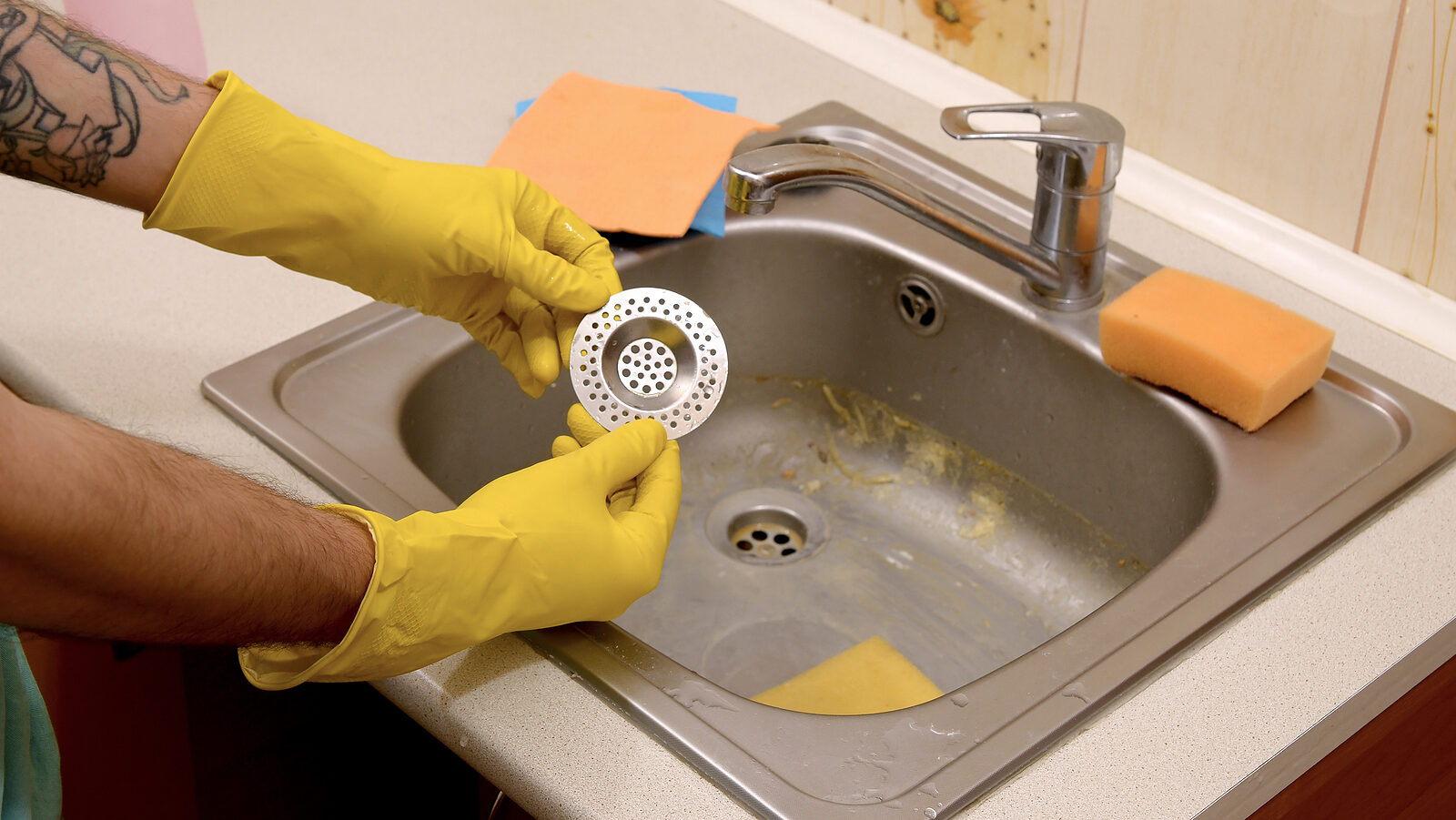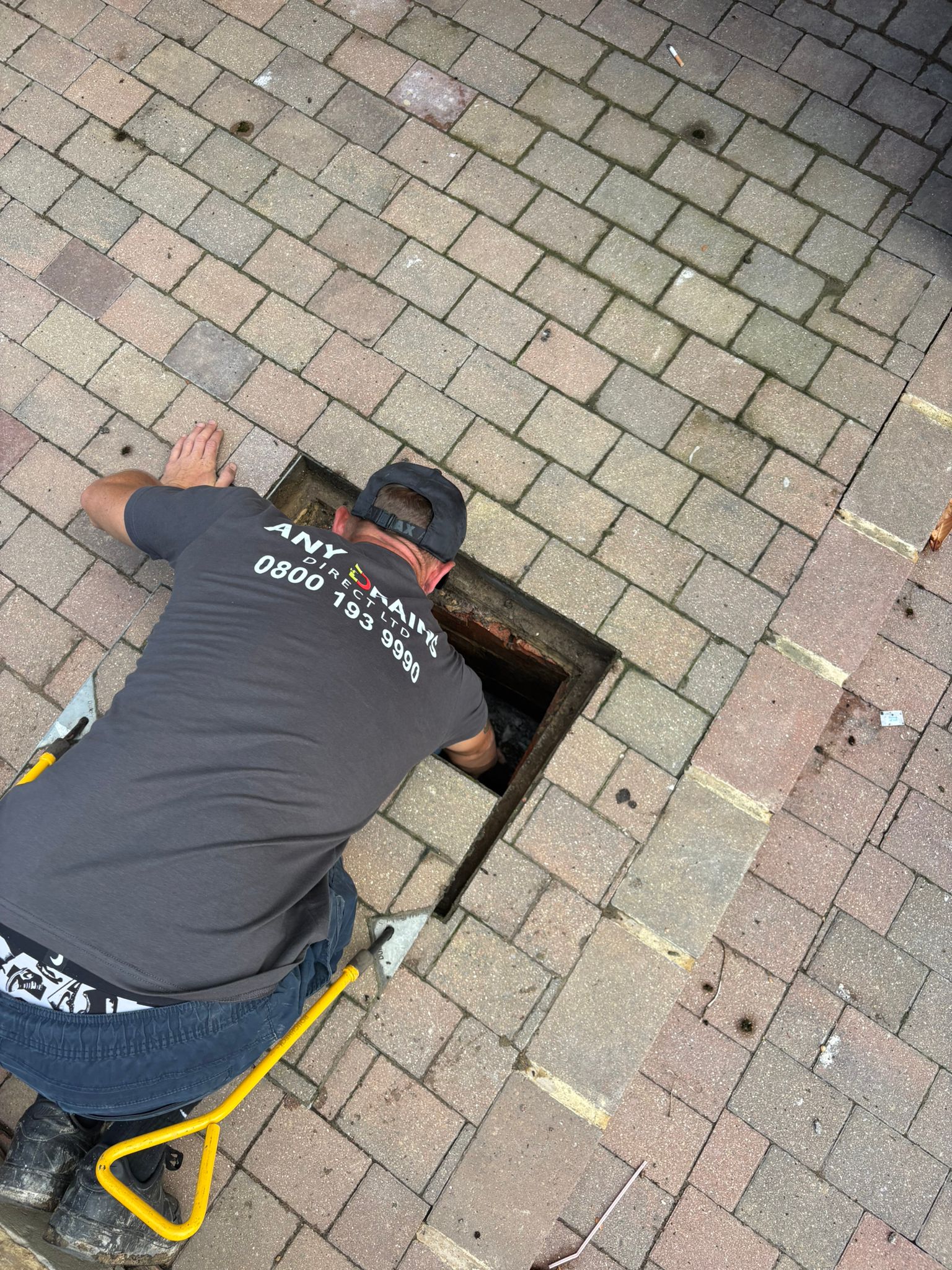Tips for Handling a Blocked Drain Before Contacting Professional Plumbers
Schedule Your Job NowIn this article down the page you will discover a good deal of worthwhile tips relating to Some easy tips to fix blocked drains.

Introduction
Dealing with an obstructed drainpipe can be an irritating experience, interfering with day-to-day activities and potentially triggering damages to your residential or commercial property. Nevertheless, before reaching out to plumbing professionals, there are actions you can require to attend to the issue yourself. In this guide, we'll discover DIY services and preventive measures to deal with an obstructed drainpipe properly.
Recognizing the Problem
The first step in addressing an obstructed drain is acknowledging the signs. Slow-moving drain, gurgling audios, foul odors originating from drains, or water support up are common signs of an obstructed drainpipe. Identifying these indications early can assist stop better difficulties.
Picking the Right Plumbing Service
When choosing a plumbing solution, think about factors such as experience, licensing, and customer testimonials. Select a trustworthy plumber with a track record of high quality workmanship and clear pricing methods.
Cost Considerations
The price of expert drain cleaning company can differ relying on the seriousness of the blockage and the plumbing professional's rates. Demand quotes from several service providers and ask about any added fees to make sure openness and stay clear of surprises.
Security Measures
When attempting do it yourself drainpipe cleaning, prioritize security. Use protective gloves and glasses to prevent contact with unsafe chemicals or bacteria. Never ever blend different drain cleansing products, as this can generate hazardous fumes.
Situation Researches
Real-life instances illustrate the effectiveness of DIY options and the relevance of timely specialist intervention in fixing drain clogs.
Common Root Causes Of Blocked Drainpipes
Recognizing the elements that contribute to drain pipes clogs is necessary for effective resolution. Usual offenders include hair, soap scum, grease, food debris, and foreign things like sanitary products or paper towels. Tree origins invading underground pipes can likewise trigger significant obstructions.
Do it yourself Solutions
For minor obstructions, several do it yourself solutions can be reliable. Putting boiling thin down the drainpipe can assist dissolve grease and debris. Baking soda and vinegar or a blend of salt and baking soda can function as all-natural cleaners. Utilizing a bettor or plumbing snake to displace obstructions is another choice.
Tools and Tools
Having the right tools accessible can make DIY drain cleaning up a lot more reliable. A plunger is a functional tool for getting rid of obstructions in sinks, bathrooms, and showers. A plumbing serpent or auger can get to deeper clogs, while drain cleansing chemicals can be made use of cautiously for stubborn blockages.
Safety nets
To avoid future obstructions, adopting safety nets is essential. Mount drain guards or filters to catch hair and particles before they get in the pipelines. Regularly flush drains with hot water to liquify oil accumulation, and avoid dealing with grease or strong waste away.
When to Call a Specialist
While do it yourself solutions can solve minor obstructions, particular signs suggest the requirement for expert support. Persistent clogs, foul odors in spite of cleaning initiatives, or several drains backing up at the same time are warnings that call for skilled treatment.
Final thought
By following the ideas laid out in this overview, you can effectively deal with blocked drains and stop future pipes issues. Whether selecting do it yourself services or looking for specialist assistance, punctual activity is key to preserving a healthy and balanced plumbing system and protecting the integrity of your home.
How to Clear a Clogged Drain Yourself (And When to Call In the Professionals)
What Can Clog a Drain
Dirt Skin flakes Hair Grease Soap scum Food Offset pipes Tree roots Small objects Mineral buildup DIY Tricks to Unclog a Drain
You can fix this! Once you have identified the source of the clog (or have a vague idea), you can try one or a combination of these fixes in order to clear your plumbing.
Wire Hanger or Snake
Untangle and clear out hair from a drainpipe with a homemade snake. Use a straightened-out wire hanger with a 90-degree angle hook to locate the clog and drag out any unwanted material.
Remember not to push the clog further down to where the wire hanger cannot reach! If you need to follow up with a plunger, give it a try. Your efforts might be more successful after it’s been wire-snaked.
If you want to get fancy and don’t have a wire hanger to spare, head to the store and pick up a hand-operated drain snake. You can get one for $10-$30. It may save you the hassle, and provide additional length to reach deep into the clogged pipe.
Plunger
A cup plunger has a suction cup attached to a wooden handle. The rubber creates a seal around the drain, and increases the pressure force of the plunger.
Plunge for 30-second increments to loosen the clog. This may need to be repeated over the course of 15-20 minutes. Once plunged, run the water to flush the remaining material out of the drain.
Remember– never use a plunger if you have used a chemical drain cleaner. These chemicals can splash up from the force of the plunger and cause serious injury or burns.
Boiling Water
Hot water can sometimes break up materials into a flushable amount. Dirt, grease, and soap buildup requires heat in order to unstick from surfaces.
Take your kitchen kettle and heat your water to a boil. Once it reaches a rolling boil, pour it directly down the drain into the blockage. Carefully follow with plunging, if necessary.
Don’t worry if this takes more than one try! It can often take multiple kettles and repeated plunging in order to clear a particularly stubborn clog.
Chemical Drain Cleaner
As a last resort, pick up a bottle of chemical drain cleaner. Drain-cleaning chemicals are potent, and not very good for the environment.
You may need to wear protective eyewear in gloves before handling your bottle of chemical drain cleaner. Follow the instructions printed on the bottle, and flush with water as soon as the instructions allow. Do not follow with plunging.
Baking Soda and Vinegar
As a safer alternative to chemical drain cleaner, baking soda and vinegar can create a chemical reaction that clears tough clogs.
Combine one cup of cleaning vinegar with one cup of boiling water, and set aside. Once you have done this, pour half a cup of baking soda down the drain. Give the baking thirty seconds to settle and cover a large portion of the problem drain.
Following the baking soda, pour down your vinegar and hot water solution. Once the vinegar and baking soda combine, the mixture will bubble and fix. Let this reaction fizzle in the drain for about an hour.
After an hour, follow with a kettle’s worth of hot water. The heat and liquid should flush out any remaining material.
When to Call a Plumber
If your DIY attempts haven’t cleared your clog drain, it’s time to call in a professional. It’s not worth losing access to your kitchen sink or high-traffic bathroom. A clog in a vital area can keep you from the things you’d rather be doing, and derail your routine.
Anytime a clog is causing water to spread is a time to call in a plumbing service. What starts out as a little bit of water can quickly grow into serious, expensive water damage.
Additionally, a serious clog can result in burst pipes or serious leaks. Make sure you know when to take it seriously!
https://myguysnow.com/how-to-clear-a-clogged-drain-yourself-and-when-to-call-in-the-professionals/

I am very eager about and I am praying you enjoyed my piece. Sharing is nice. Helping others is fun. I praise you for being here. Don't forget to check up our site back soon.
Call Today